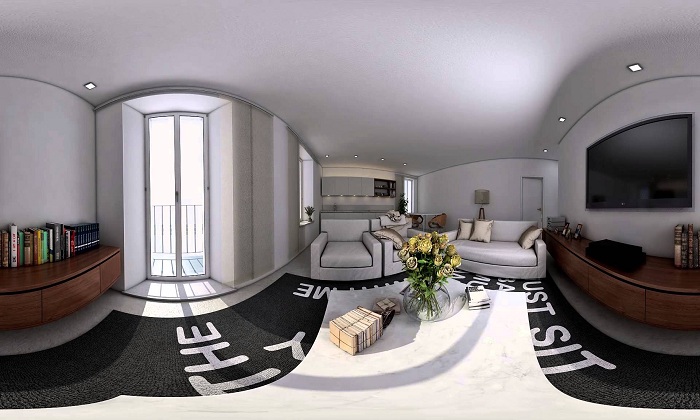VR or AR has changed the outlook of every possible discipline. The PC with a mouse and a keyboard has taken a backseat in every creative discipline. People are now bring VR/AR to attract everyone and for ease also. The paper-scale images presentation used in Architecture is now seems like a century old remedy for giving satisfactory results in their presentations as for now; VR/AR is the technology of the century. VR helps to envisage the architecture more clearly and thus helps in making and amending their design if any.
Now the question arises that how this technology helps in design process and workflows. Well, let’s see the following.
1 With the help of head-mounted displays such as OCULUS RIFT, It helps to create full scale designs and also let you walk inside it. It gives designer the ability and freedom to translate 3D geometry maps into fully immersive walk able environment and let you create multiple design solutions.
2 AR technology fills the gap between the understanding of a design and the conditions prevailing to the project at large scale. AR allows geological projects to be published in the right place on the globe and allows to be viewed in AR software. AR trigger such as QR codes being embedded into the drawing kits, the AR software allows the architects to tag certain drawings and details so that contractors can envisage an expanded 3 D model of drawing. Cropping and Publishing 3D details ultimately results in understanding of design intent for contractors and coordinate and resolution of on-site issues.
3 VR/AR allows using Gestural workflows which discourage keyboards and mouse. It fills the bridge between the designer and the object which are there in the design software. There are various plug-ins such as Firely for Grasshopper/Rhino 3D which uses user’s hands and fingers being used as a mode of input and control Cameras and offers interactive medium instead of traditional medium.
The growing technology of the year is touching every discipline and is making it more interesting by changing it into immersive experience and making it more understandable to the increasing audience of VR.

